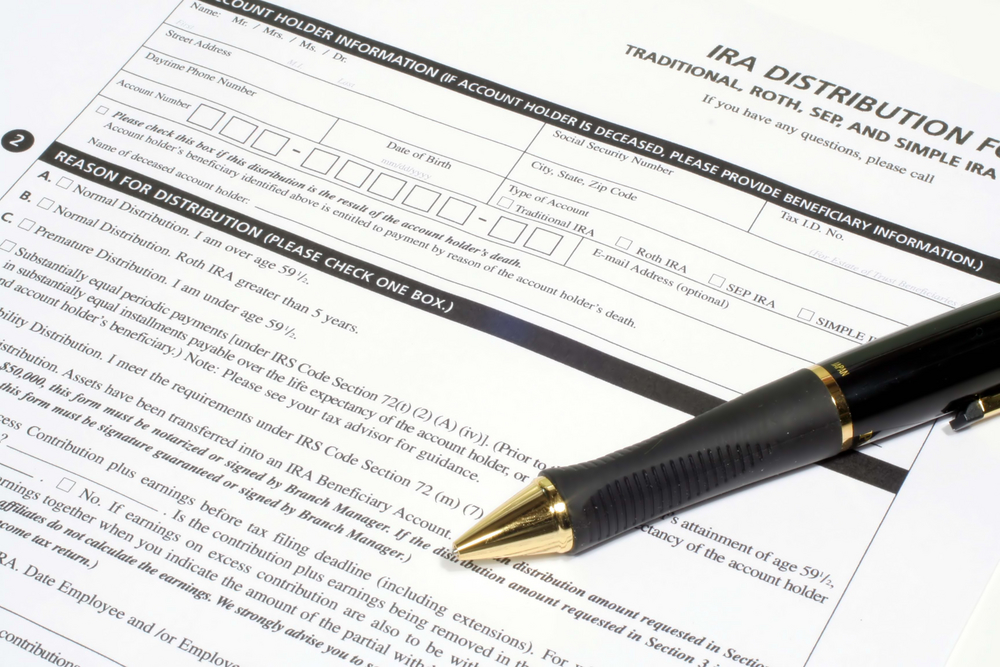We’re back again with more great tips from Phil Cannella on taking death distributions from Traditional IRAs.
We talked last week about Required Minimum Distributions and how they can affect you if you have a Traditional IRA. We also talked a little bit about the Required Beginning Date (RBD), which is the date when you would be required to begin taking an RMD. The RBD falls on April 1st after the IRA owner reaches age 70½.
That’s for an IRA that you own. But what about an IRA that you inherit from your spouse? The RBD still matters in that situation, but in a different way. You see, you have different options depending on whether your spouse passed away before or after their RBD. Today you’ll learn about some of the ways you can take distributions when your spouse dies before reaching their RBD. Note that if you inherit a Roth IRA, the decedent’s age doesn’t matter, as far as the IRS is concerned, it is always before the RBD.
Taking Death Distributions from an IRA before the RBD
1. The five-year rule
If your spouse dies before their RBD, you can use the five-year rule to avoid taking an RMD for a few years. This simply means that you must withdraw all funds from the account by December 31st of the fifth year after your spouse’s death. You could wait five years and withdraw it all at once, or you could make smaller withdrawals over time, as long as you empty the account within five years, you won’t be subject to any additional tax penalty.
And if 2009 is one of those years, you actually get an extra year, due to a loophole created by Congress. 2009 is skipped for this purpose as a way to grant some relief to those who experienced difficulties after the 2008 economic crisis.
2. The Life Expectancy Rule
Under this Rule, you can recalculate your RMD using your own life expectancy, rather than that of your deceased spouse. This can be a great advantage, especially if you were younger than your spouse, because it can allow you to put off taking an RMD until your own RBD. If you already reached your RBD, it can allow you to spread your distributions out over a longer time period, meaning your withdrawals will be smaller and expose you to less tax liability.
3. Electing to Treat
You can also “elect to treat,” which basically means that you turn the inherited IRA into your own. In most cases this is the simplest solution, and it gets you out of having to obey death distribution rules. You may also not have to take an RMD, if you were under age 70½ when you inherited the IRA. In that case, you can put off taking an RMD until your own RBD.
Of course, there are many more areas to cover when talking about IRAs. Check back with our blog regularly and we’ll keep asking Phil Cannella for his top tips on taking death distributions from an inherited IRA.





